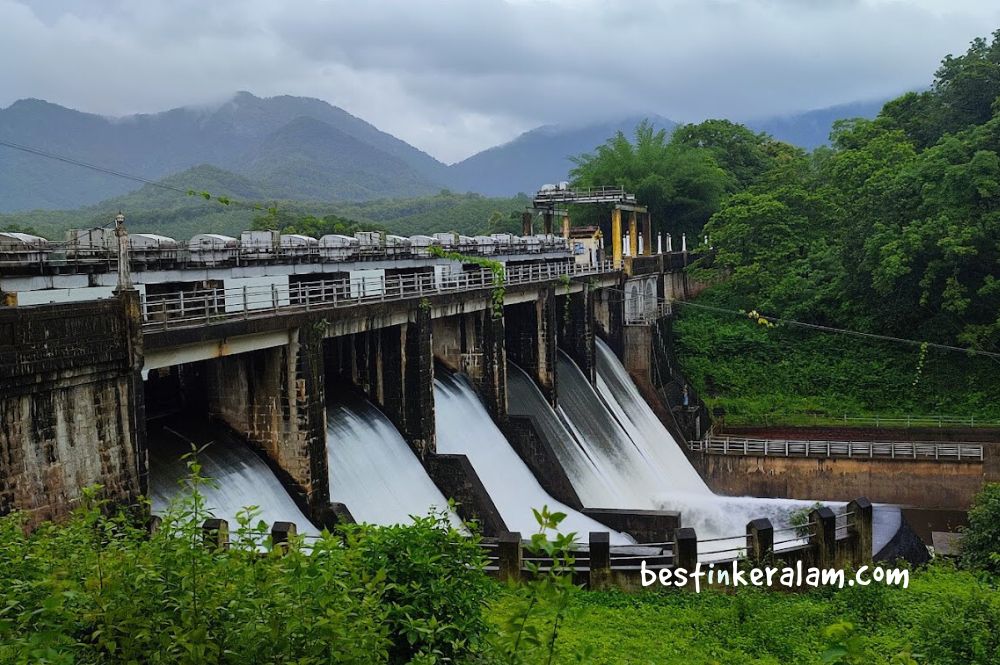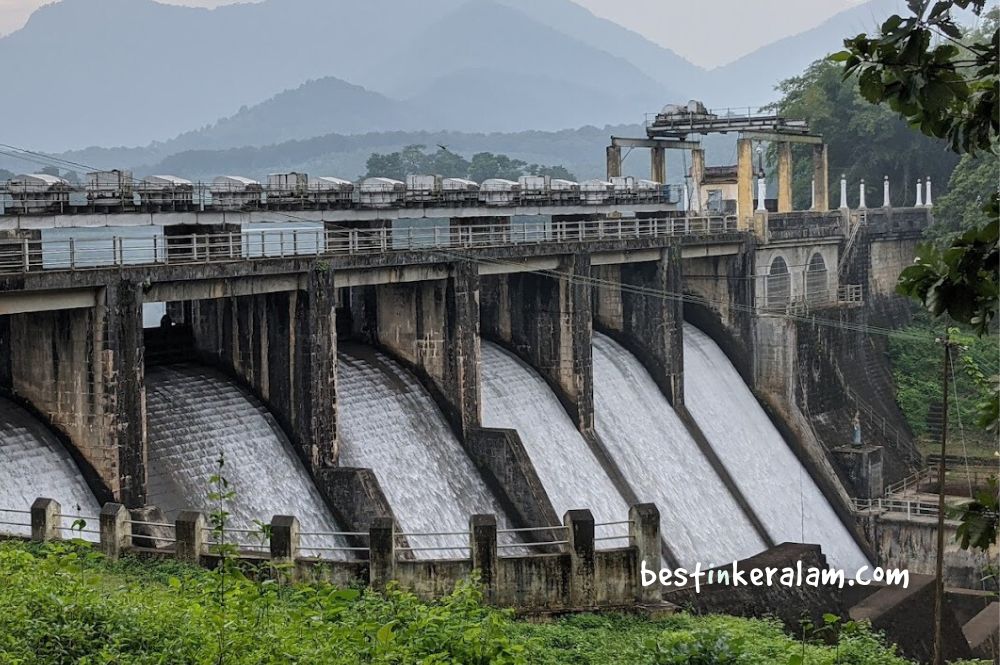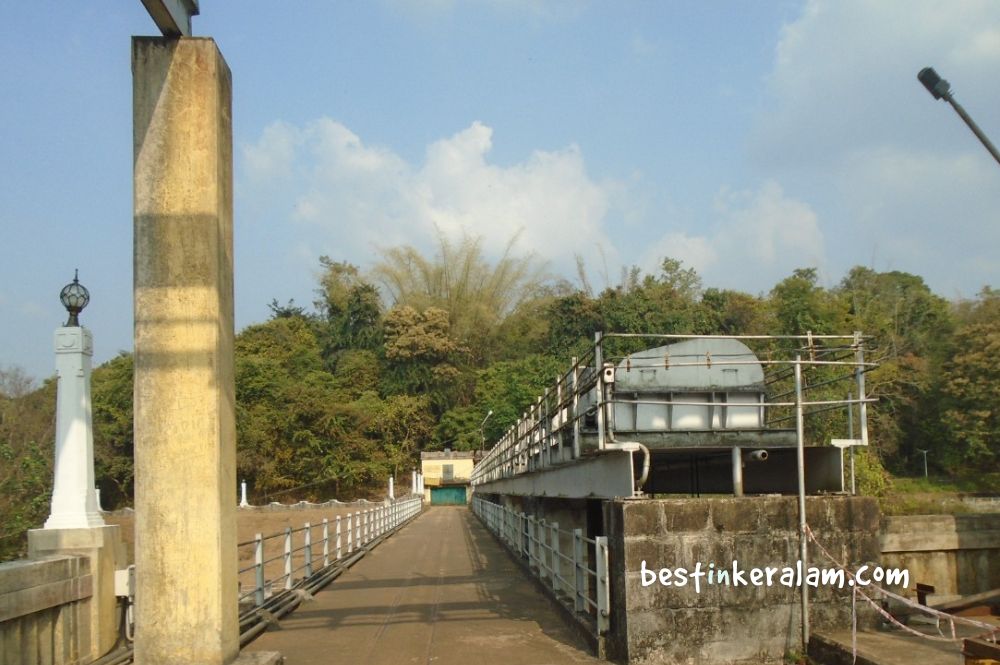Mangalam Dam is one of the prominent dams in Kerala, located in the Palakkad district. This masterpiece of engineering stands tall as a symbol of efficient water management in the region. Constructed across the Cherukunnapuzha River, the dam has become a vital source of water for irrigation and domestic purposes in the surrounding areas. Its impeccable design and strategic location have made it a vital asset for the state’s agricultural and ecological well-being.
Strategic Location for Efficient Water Management

Situated in the foothills of the Western Ghats, Mangalam Dam holds a strategic location that enables it to effectively manage water resources in the region. The dam’s reservoir collects water from the Cherukunnapuzha River, ensuring a steady supply throughout the year. By harnessing the monsoonal rains, it enhances the availability of water for irrigation and power generation. This reliable water source has significantly contributed to the agricultural growth and overall development of the region.
A Boon for Agricultural Activities

One of the primary purposes of Mangalam Dam is to facilitate irrigation in the agricultural lands surrounding the dam. With its vast reservoir, the dam has proven to be a boon for farmers in the area. The stored water is channeled through an intricate network of canals, ensuring that the fields receive adequate water for cultivation. This has led to the development of a thriving agricultural sector, with increased crop yields and improved livelihoods for the farmers.
The dam has played a vital role in transforming the region into a food basket for
dams in kerala.

Wildlife Conservation and Ecological Balance
Apart from its agricultural significance, Mangalam Dam also contributes to the conservation of wildlife and the maintenance of ecological balance in the region. The reservoir and the surrounding forests provide a habitat for a diverse range of flora and fauna. The dam has become a popular spot for nature enthusiasts and birdwatchers, attracting tourists from far and wide. The lush green cover around the dam acts as a carbon sink, helping to mitigate the effects of climate change and sustain the region’s biodiversity.

Challenges and Future Prospects
Despite its numerous benefits, Mangalam Dam faces a few challenges that need to be addressed for its sustainable operation. Sedimentation is a major concern as the accumulation of silt reduces the storage capacity of the reservoir over time. Regular de-silting measures are necessary to counteract this issue.
In conclusion, Mangalam Dam stands as a shining example of efficient water management
dams in kerala. Its strategic location, contribution to agriculture, and conservation of wildlife make it an integral part of the region’s ecosystem. However, continuous efforts are needed to tackle challenges and ensure the long-term sustainability of this vital water resource. With proper maintenance and management, Mangalam Dam will continue to play a crucial role in the development and prosperity of the region for generations to come.

